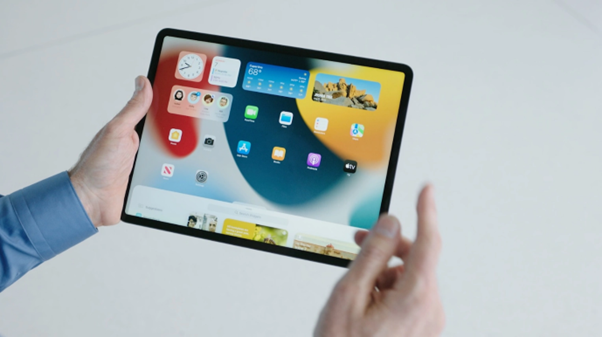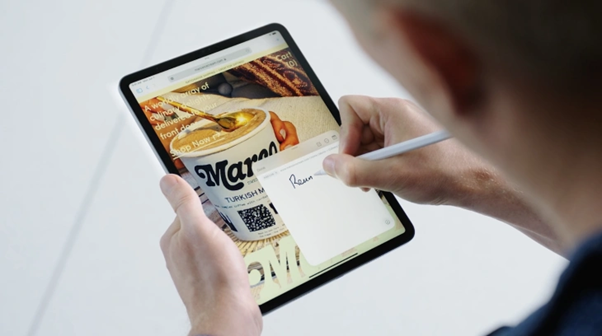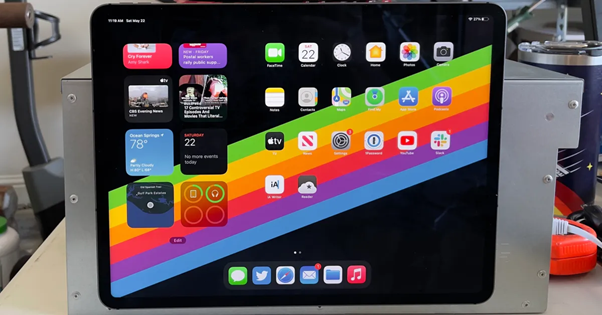The Simple Concept of Affordances:
Affordances can be defined in many ways. According to the video by Norman, it can be simply defined as the relationship between the user and the object used by the user. To be specific, affordances seem to provide the clues that help people to understand how to operate things (Norman, 1988, cited in Kaptelinin, 2015). To depict a few examples of affordances, the handle of a door or a lock can serve as an affordance for people. This is because it simply shows how the door can be used, which is when the door has a lock or handle, it needs no explanation of how to open the door.

Another example can be the key of a lock. With the help of a key, it is very prominent that the lock only opens with the lock. This can be the simplest definition of affordances. In short, it is the simple relationship that allows the operator to understand the functions of the object and how it can be used in all possible ways.
Affordances of an iPad:
The affordances of the iPad can be distributed in various stages of life. It is useful for a child, a teenager, an adult, and an old person. The possible affordances of an iPad are as follows:

For every age, the primary affordance is its portability. It can be transported anywhere as it does not have the use of a power cable. Once charged, it becomes wireless.

The second most important affordance is that it has a touch sensibility which is a direct interface with it. It is helpful for people of all ages. It creates a direct relationship with the user

It has the capacity to hold a variety of applications which also can be helpful for all ages. For example, for a child, his/her learning lessons can be stored, and for an adult, applications pertaining to the newspaper and work can also be installed. Lastly, images, music, and video files can be stored for an old person.
In short, the iPad provides affordances that link the user directly to the iPad without requiring complicated training. Alongside this, due to its availability, people of all ages can efficiently use it without any additional requirements.
Optional Extension:
Perceived affordances are a subdivision of affordances. The perceived affordance of Norman transforms into a cognitive affordance that supports the cognitive actions of the users (Hartson, 2003, p.316, cited in Kaptelinin, 2015). When it comes to assisting users with their actual tasks, the real affordance of Norman takes on a physical form. Sensory and physical affordances are connected to carrying out the action sequence, sensory affordances are connected to perceiving the nature of the planet, and cognitive affordances are asserted to be needed when analysing the perception. Cognitive affordances are required at the step of relocating from a specific intent to act to prepare a sequence of actions. Through this, it is evident that the precise definition of perceived affordances is still not clear. In short, the change from controlled to automated processing is related to the creation of perceived affordances.
Reference
Kaptelinin, V. (2015). Affordances. The Encyclopedia of Human-Computer Interaction. https://www.interaction-design.org/literature/book/the-encyclopedia-of-human-computer-interaction-2nd-ed